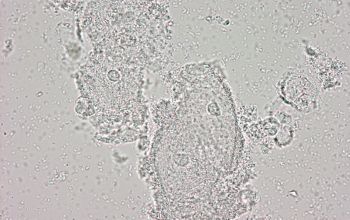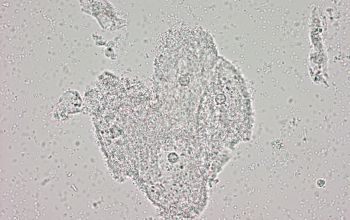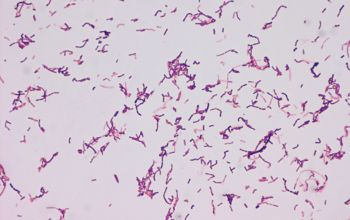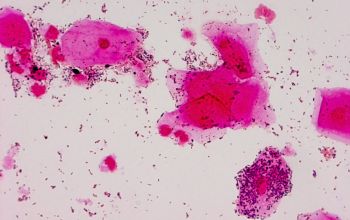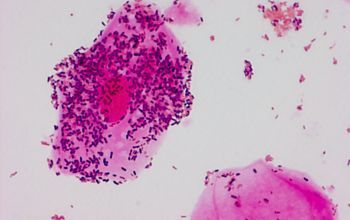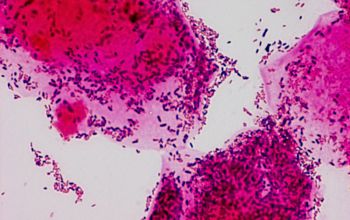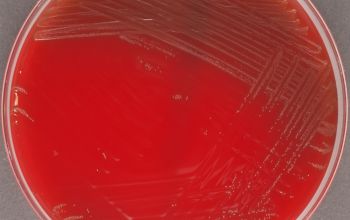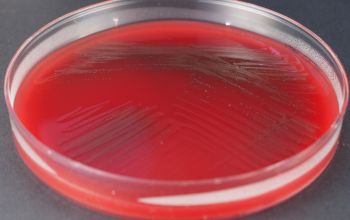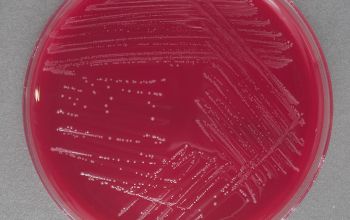Gardnerella vaginalis
-
General information
Taxonomy
Family: Bifidobacteriaceae
Natural habitats
They can be found in the anorectal biota of healthy adults of both sexes as well as in that for children. It is also part of the endogenous vaginal biota of in women of reproductive age.
The optimal pH for the growth of G. vaginalis is between 6 and 7, at elevated pH in the vagina.
The organism can also be recovered from the urethras of the male partners of women with bacterial vaginosis.
Clinical significance
The "gold standard" for the diagnosis of BV (bacterial vaginosis) is direct examination of vaginal secretions and not the culture of G. vaginalis, since G. vaginalis can also be recovered from healthy women.
BV is examination of the vaginal discharge to detect thr typical "fishy" trimethylamine odor, wich is enhanced after alkalinization with 10% KOH.
The typical smear of vaginal discharge from BV patients shows "Clue cells" (bacteria covering epithelial cell margins) together with a mixed biota consisting of large numbers of gram-negative (predominantly Prevotella and Porphyromonas spp) and gram-variable (G. vaginalis) rods and coccobacilly, wheras lactobacilli are almost always absent.
The isolation of G. vaginalis can support the diagnosis of BV.
-
Gram stain
Gardnerella vaginales have demonstrate that it has a cell wall similar to but much thinner than the cell walls of other gram positive bacteria, there is a smaller peptidoglycan layer.
Thin Gram variable rods or coccobacilli.
0.5 x 1.5-2.5 µm
-
Culture characteristics
-
Facultative anaerobic
Incubation in a 5% CO2 enriched atmosphere.
BA: may be checked for the growth of alpha-hemolytic colonies of <0.5 mm after 24 h, but very often they are best observed after 48 h.
Gram staining of the suspected colonies confirms the diagnosis of G. vaginalis.
-
-
Characteristics
-
References
James Versalovic et al.(2011) Manual of Clinical Microbiology 10th Edition
Karen C. Carrol et al (2019) Manual of Clinical Microbiology, 12th Edition

